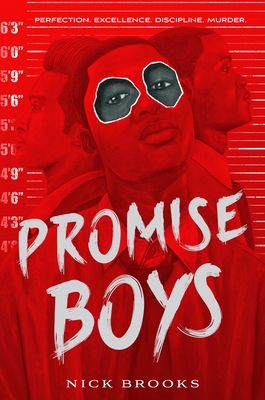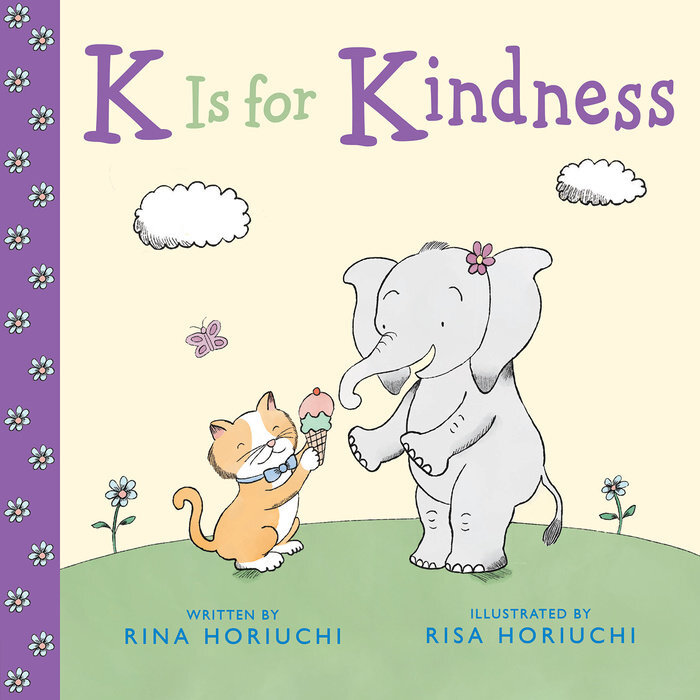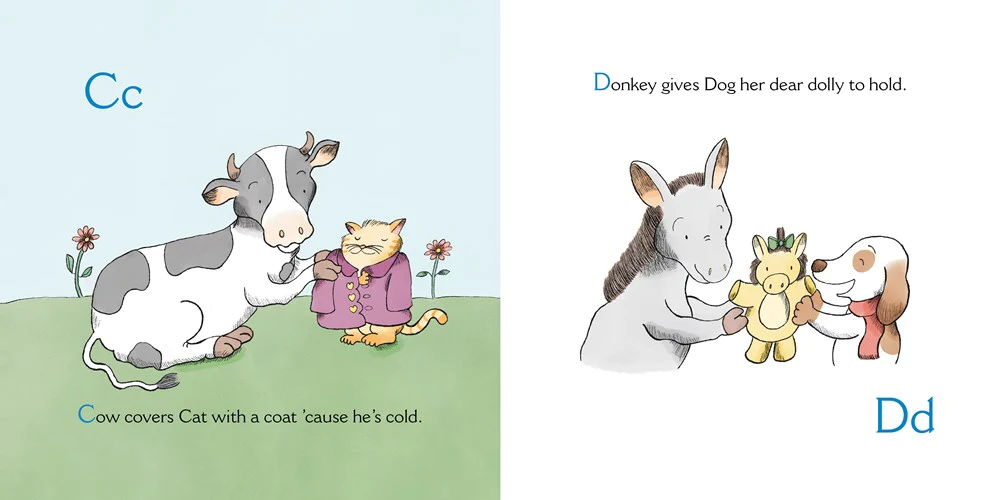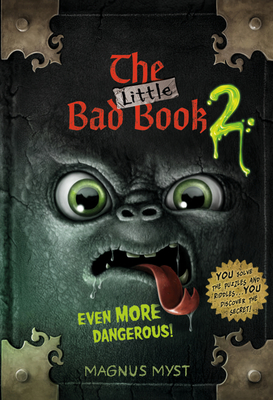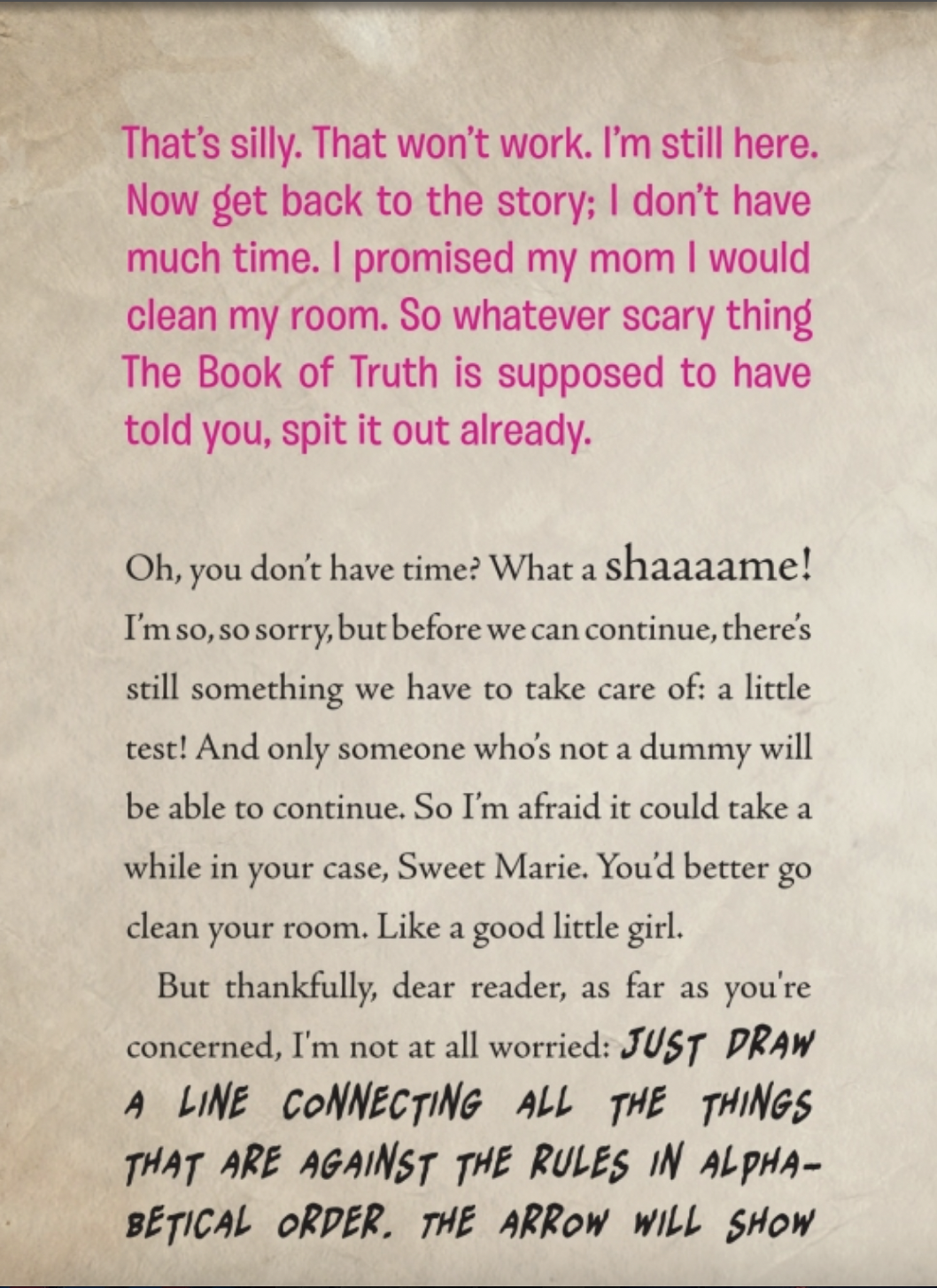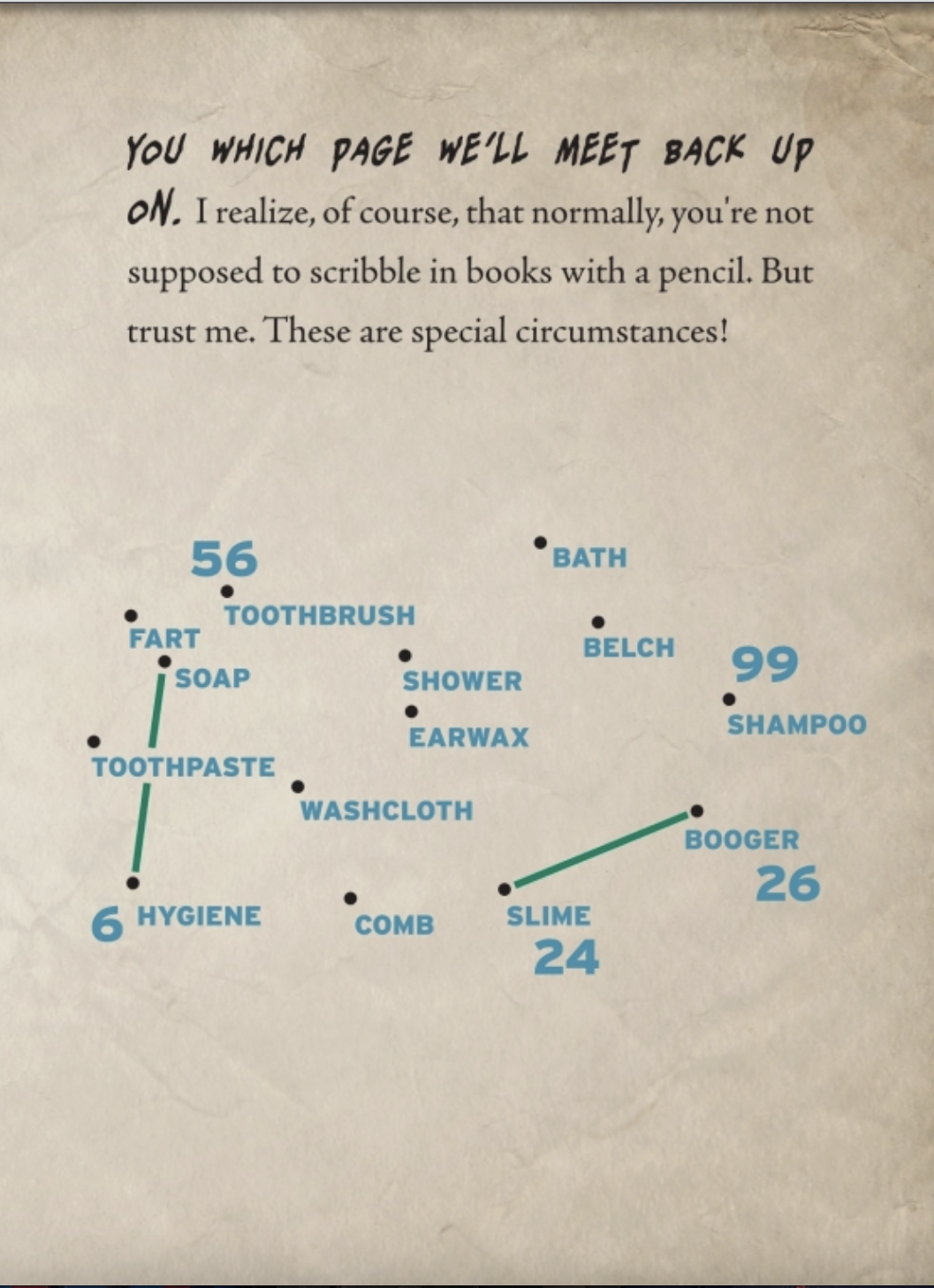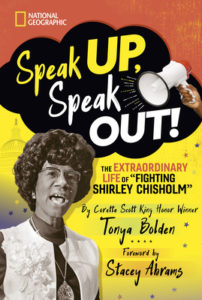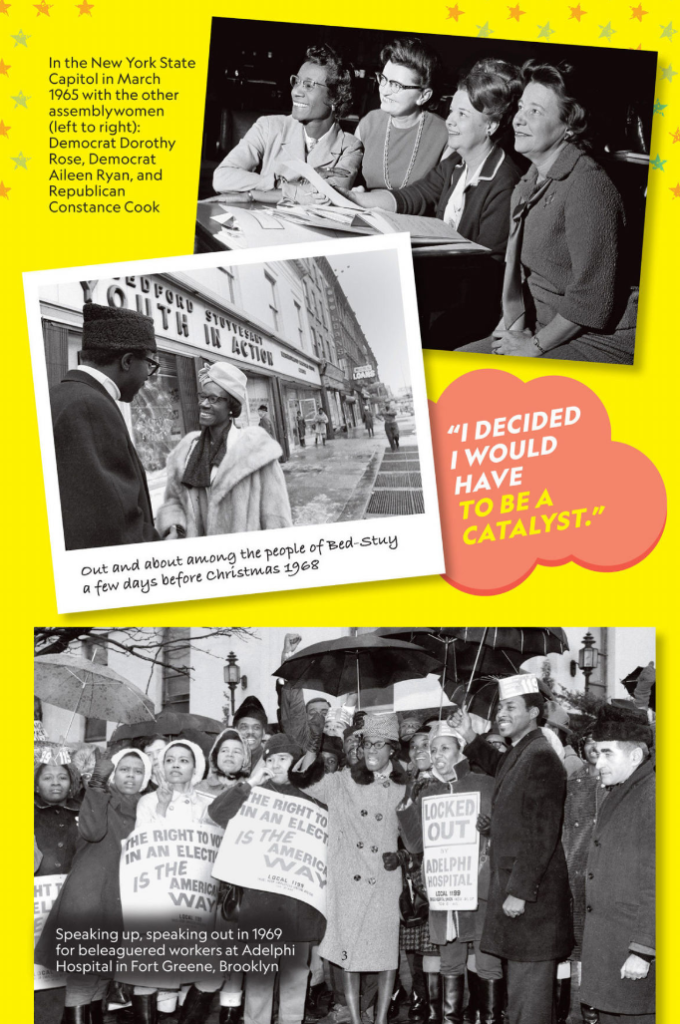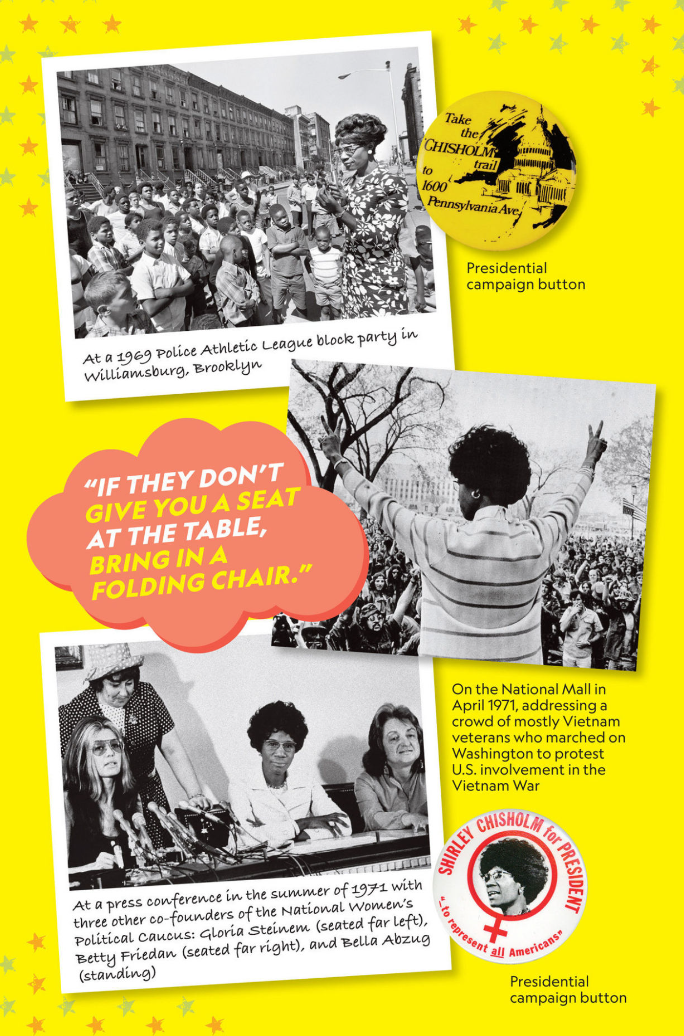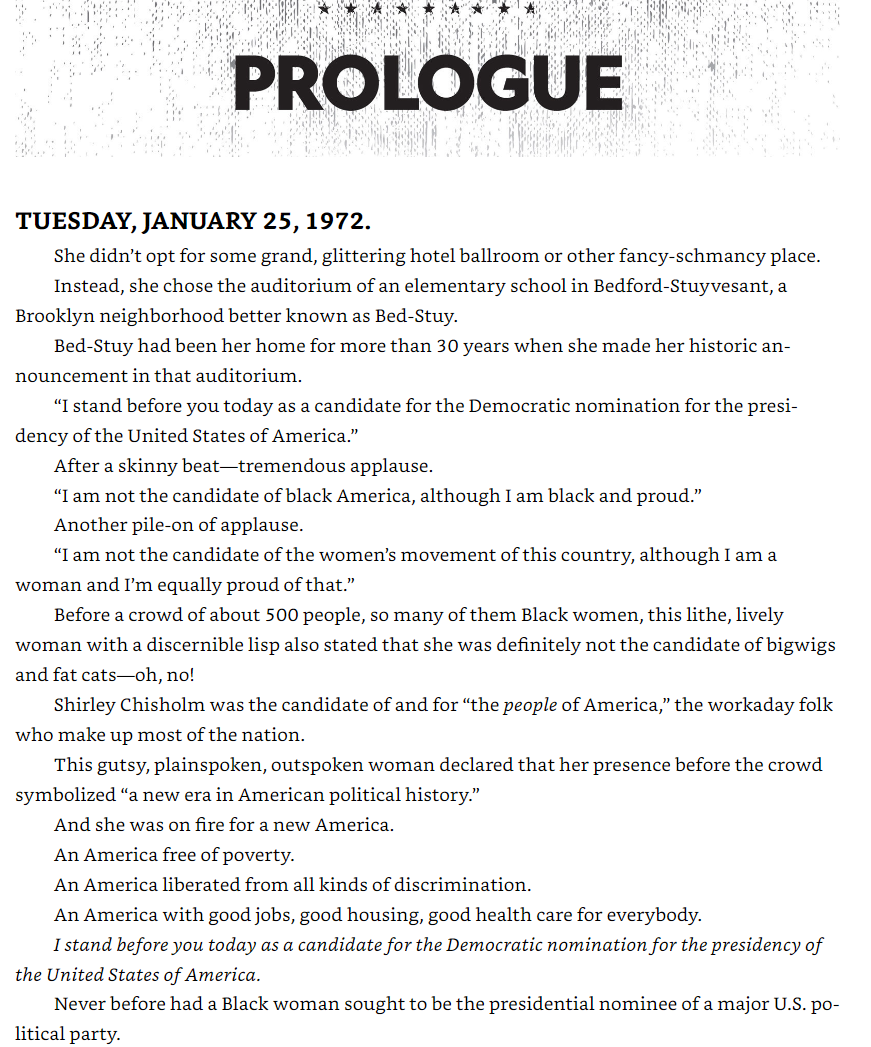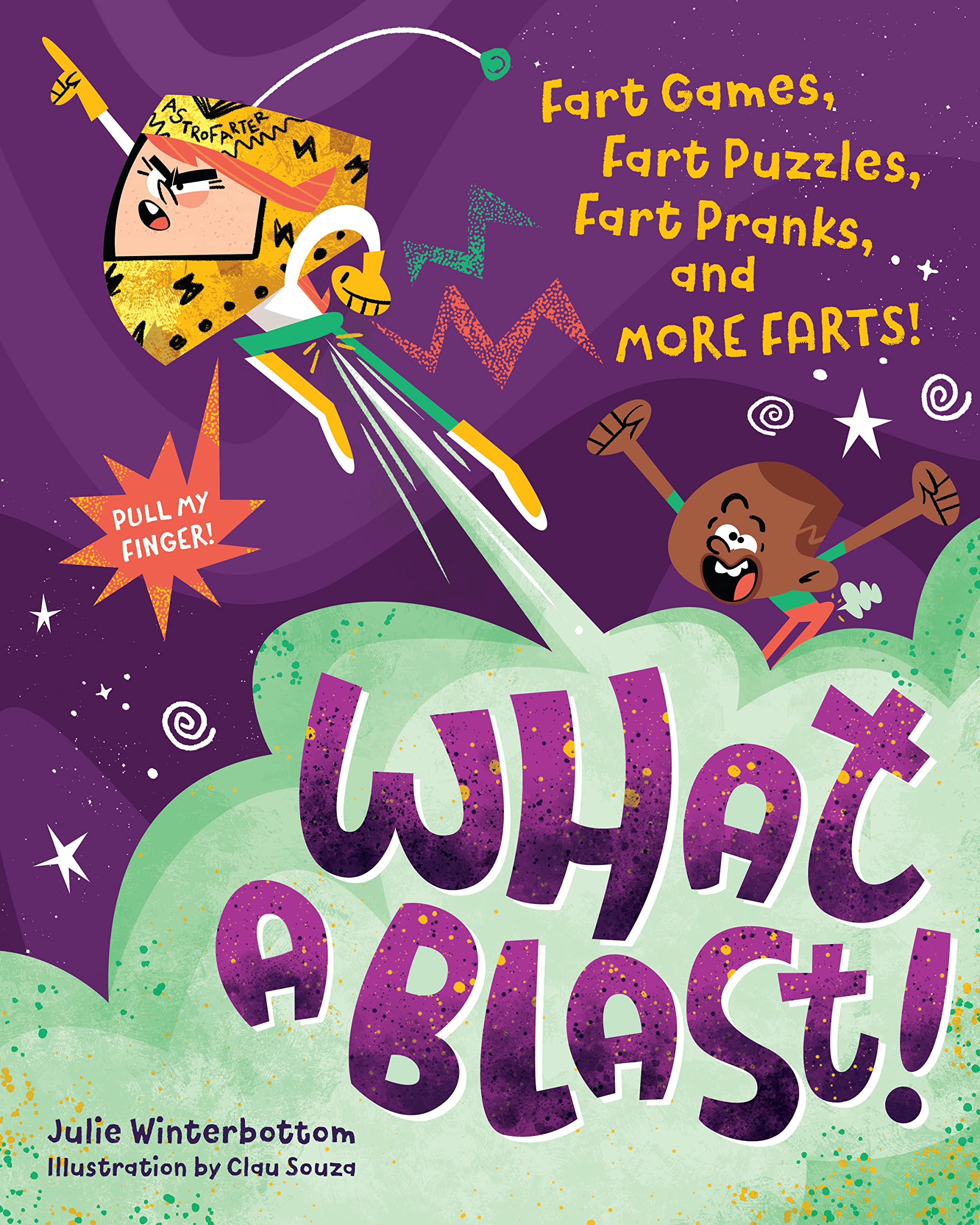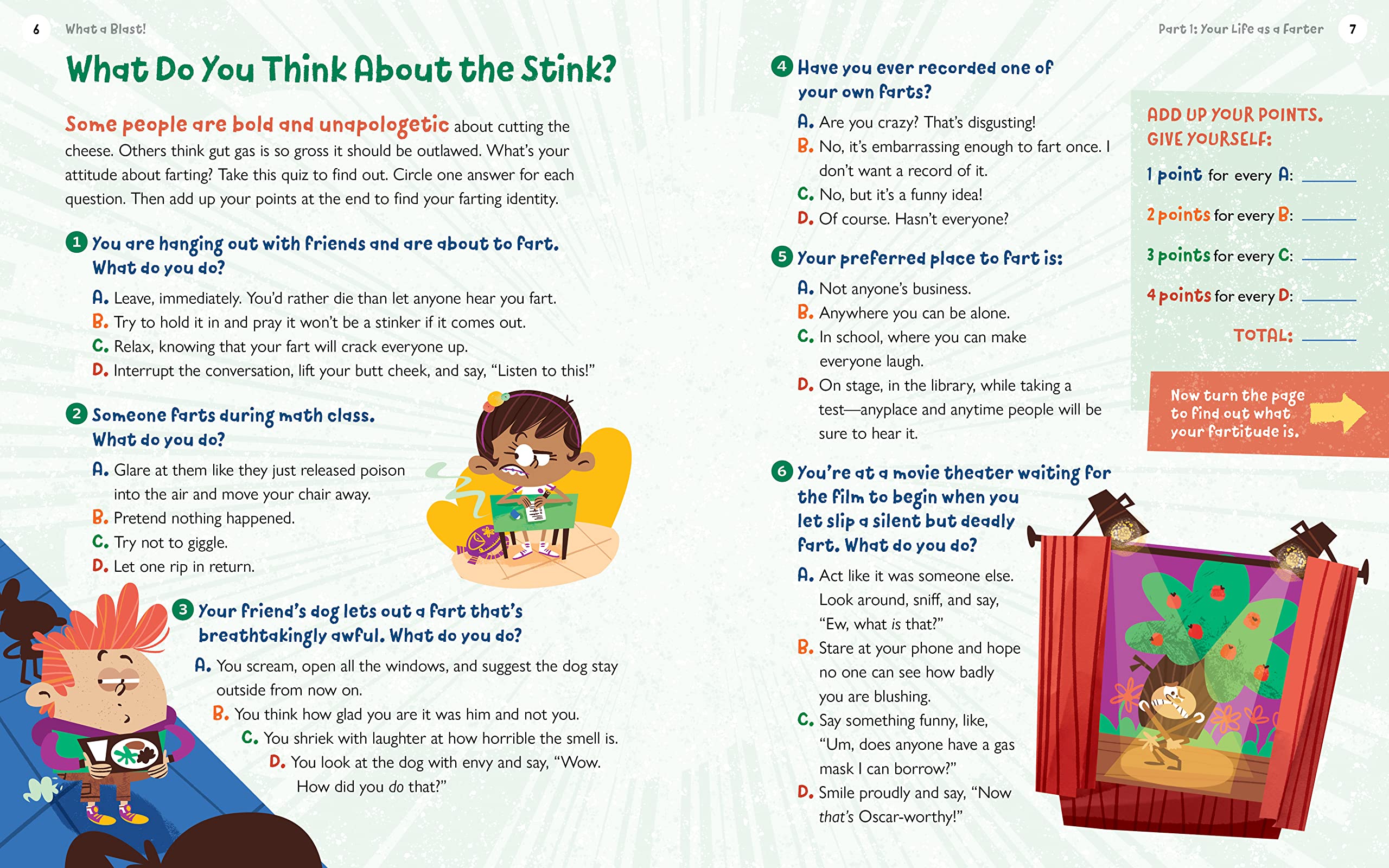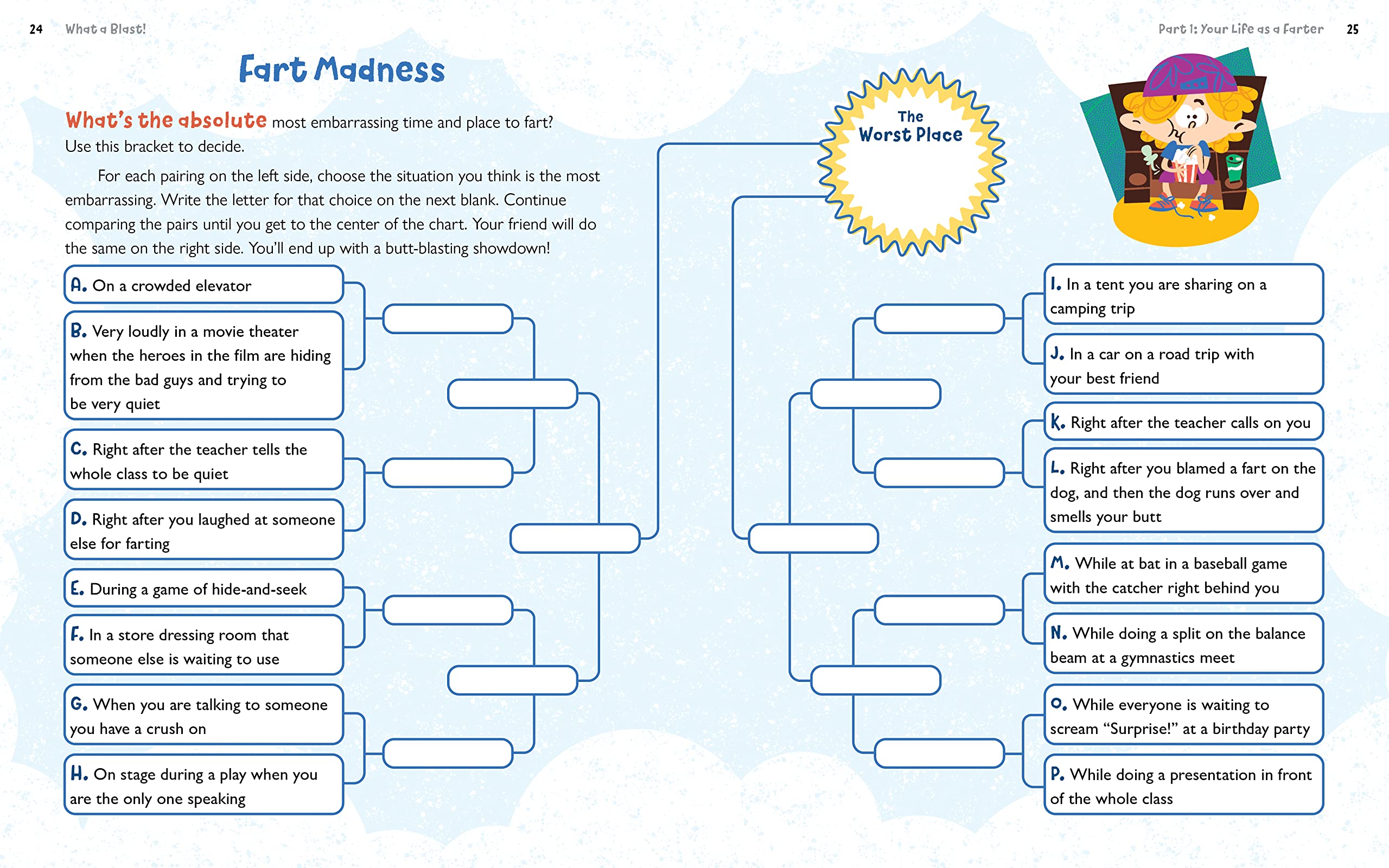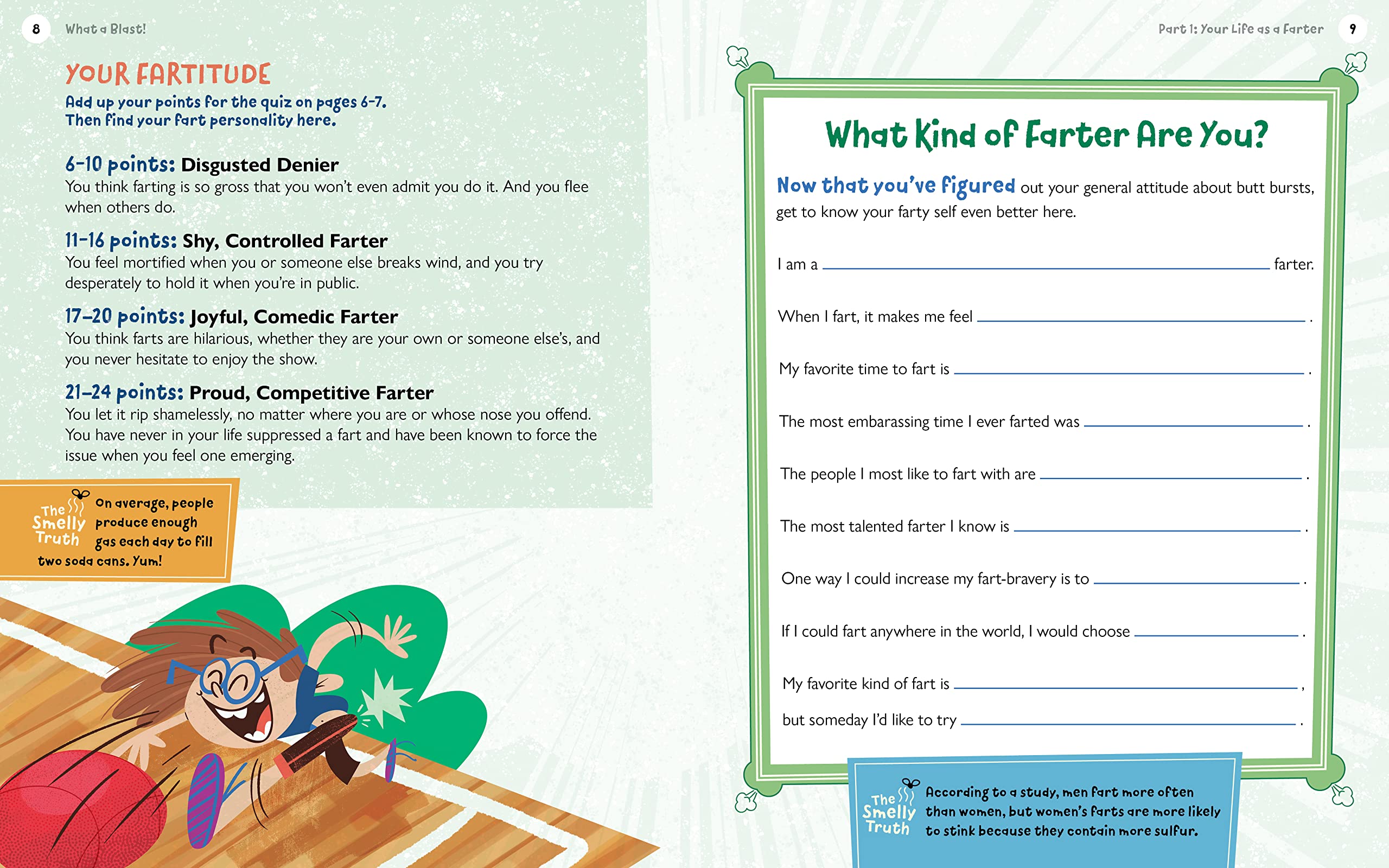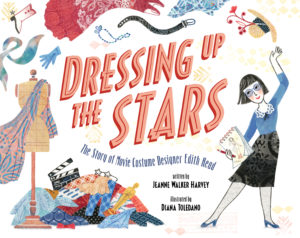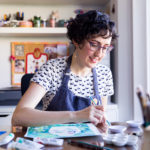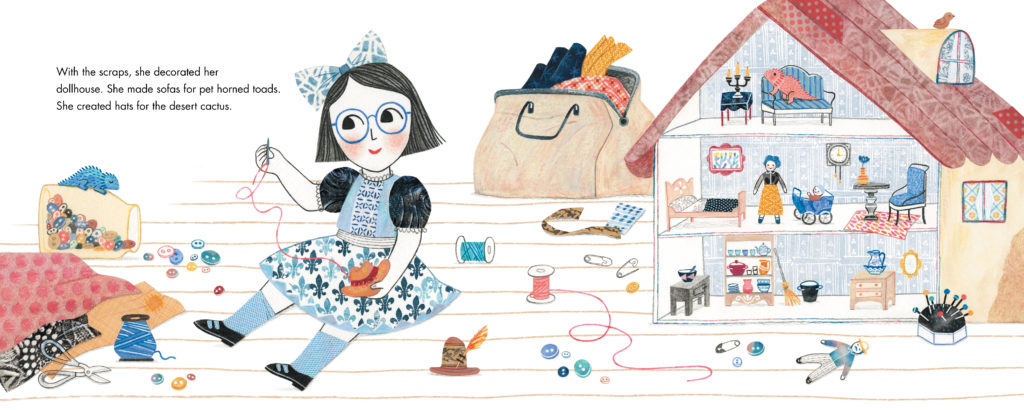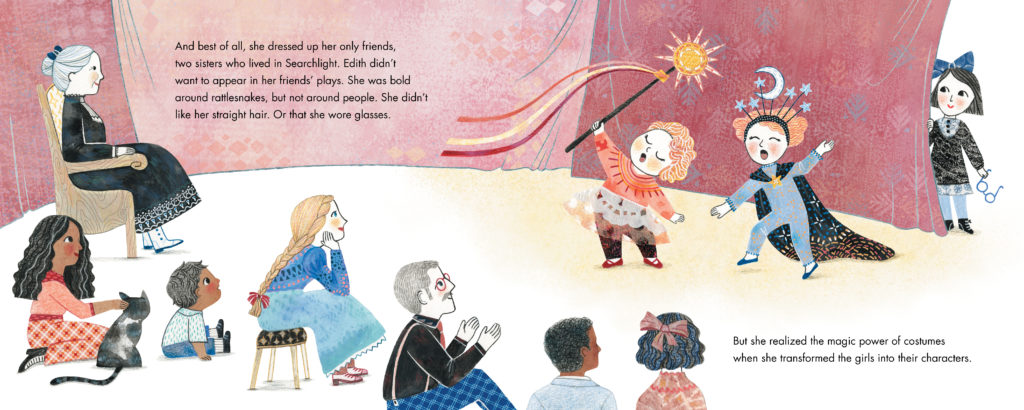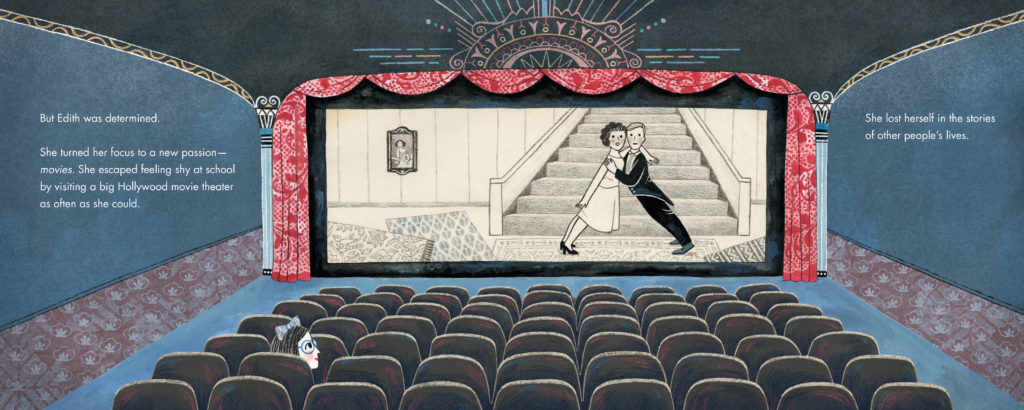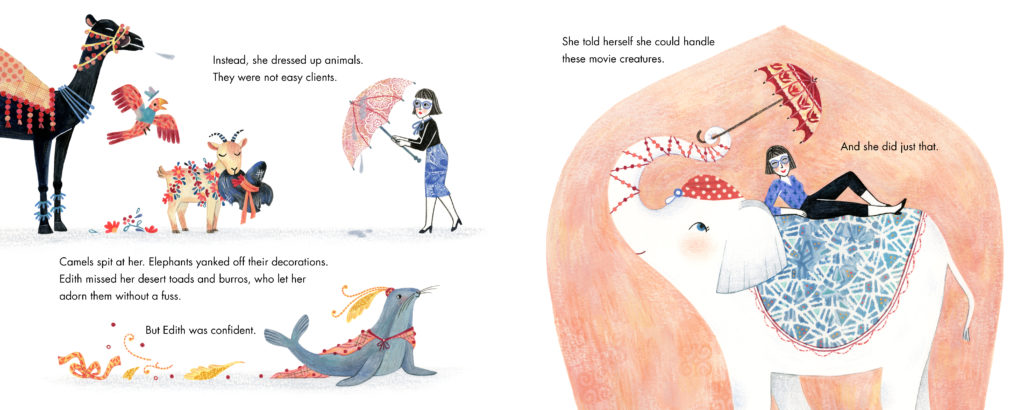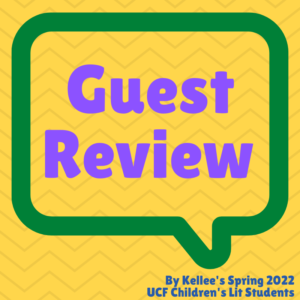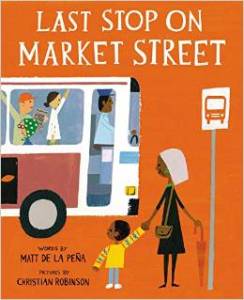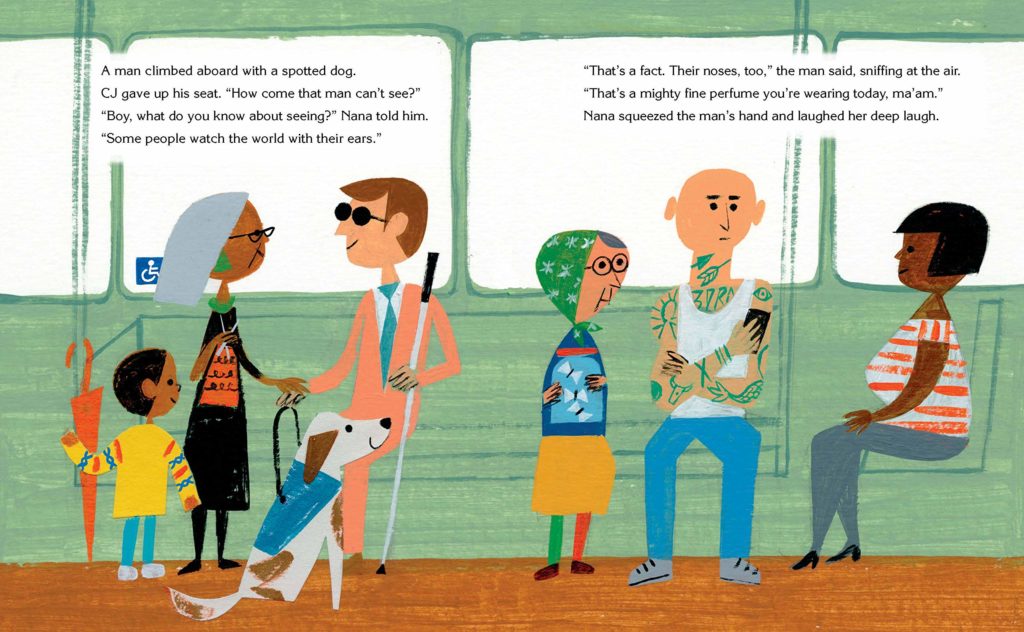Promise Boys
Author: Nick Brooks
Published: January 31, 2023 by Macmillan
Goodreads Summary: The Hate U Give meets One of Us Is Lying in Nick Brooks’s Promise Boys, a trailblazing, blockbuster mystery about three teen boys of color who must investigate their principal’s murder to clear their own names—for fans of Jason Reynolds, Angie Thomas, and Karen McManus.
“A brilliant pulls-no-punches mystery with bruised hearts at its core.” —Adam Silvera, #1 New York Times bestselling author of They Both Die at the End
“Thrilling, captivating, and blade-sharp. Promise Boys will stay with you long after the last page.” —Karen M. McManus, #1 New York Times bestselling author of One of Us Is Lying
The Urban Promise Prep School vows to turn boys into men. As students, J.B., Ramón, and Trey are forced to follow the prestigious “program’s” strict rules. Extreme discipline, they’ve been told, is what it takes to be college bound, to avoid the fates of many men in their neighborhoods. This, the Principal Moore Method, supposedly saves lives.
But when Moore ends up murdered and the cops come sniffing around, the trio emerges as the case’s prime suspects. With all three maintaining their innocence, they must band together to track down the real killer before they are arrested. But is the true culprit hiding among them?
Ricki’s Review: After reading this book, I adopted it for my young adult literature class this semester. This required me to a) change my book order–which makes several people annoyed, b) adjust my syllabus and move sections around, and c) message the campus book store that, yes, I know that the book isn’t out yet, but I still want them to pre-order it.
I say all of this to demonstrate how much I loved this book and couldn’t put it down. It reminded me of Monster by Walter Dean Mayes a bit in the topic. Three teenage boys are all suspected of murdering their principal. The book is written from the different perspectives and allows the reader to explore any biases they might hold about teenage boys of color. It is set in a very strict school that thinks that hyper discipline will fix kids. This is an important book. I am so glad it exists, and I can’t wait to discuss it with my students.
Teachers’ Tools for Navigation: Teachers might use this book for students to analyze the rules that come with their schools and within other systems. They might then write narratives related to the rules that they perceive.
Discussion Questions:
- When you were reading the book, who did you think did it?
- Why does the school use discipline? What are their assumptions?
- What did you learn from this book?
Flagged Spreads: “Rumor has it a student brought a gun to school the day of the murder. You didn’t hear that from me.”
Recommended For:
